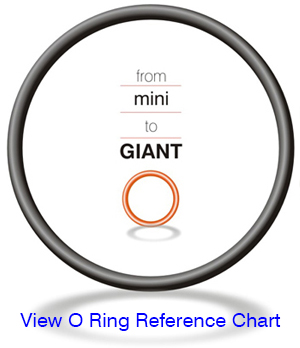Tooling Design

There are significant differences between moulds for thermoset rubber and for plastics which the designer should take into consideration.
Thermosetting materials are cured by heating to around 150°C. Much of this heat is gained from the hot tool walls. As rubbers are good insulators, heat transfer can be slow where the part has thick sections.
Unlike thermoplastics, the flash, feed gates, runners and sprues of thermoset rubbers are cured irreversibly and are not reusable in any way. Flash is characteristic of normal rubber moulding, as rubbers do not “freeze” as plastics do when flowing into very thin sections and will run into gaps as small as 0.002mm.
Designers should not specify the number of cavities in a tool as economic production depends on a number of factors, including:
- the precision required
- the dimensions and orientation of the part
- press characteristics
- the quantities and rates required.
There is often a variety of possible ways to mould a component. For example, a cylinder can be moulded with the tool split line parallel to or at right angles to the axis. This decision affects the number of cavities possible and the appearance and price of the finished part. It will often depend upon the amount of visible flash allowable at the tool split line. The final choice will be governed by the function of the part, the appearance required, the economics of tool area and tolerances.
Most production tooling for rubber parts is made of mild steel. A few compounds give off halogens as they cure which, in the long term, can corrode the mould surfaces but otherwise rubbers are not aggressive materials. When injected, they flow reluctantly and require large gates and feeds compared to plastics, so abrasive wear is minimal.
Tools are generally expected to last around 100,000 press lifts – a four cavity tool should produce 400,000 parts during a normal life. Precision parts and tight tolerances generally mean shorter tool life and higher maintenance costs. Frequent changes and short runs also reduce life expectancy. All tooling will require periodic refurbishment and should be reviewed annually.
Tool design is best discussed with the rubber manufacturer at an early stage.
Products
- Rotary & General Sealing
- O Rings
- V Rings
- Hydraulic Rod Seals
- Wiper Seal
- Hydraulic Others
- Pneumatic Seals
- Pneumatic Rod Seals
- Piston Seals
- Rubber Sheets
- Expansion Joints & Bellows
- Fabric Bellows
- Gaskets
- Rubber Plastic & PVC Caps
- Engineering Plastic
- General Products
- Custom Made Rubber
- PTFE Products
- Pu Products
- Diaphragms
Technical Data
© Mech Spares Pvt. Ltd. All rights reserved.
Website Design by EWEBAC


